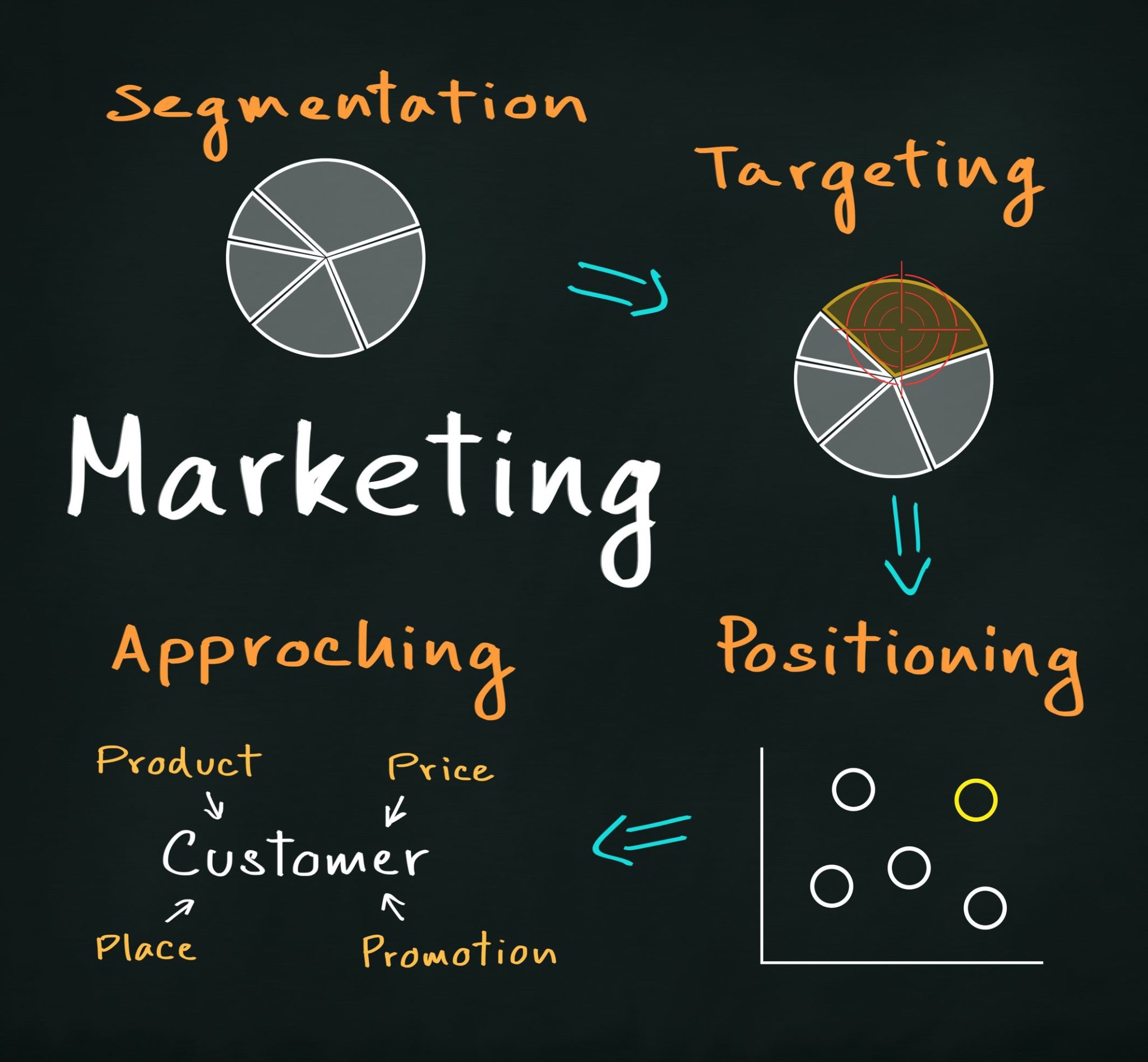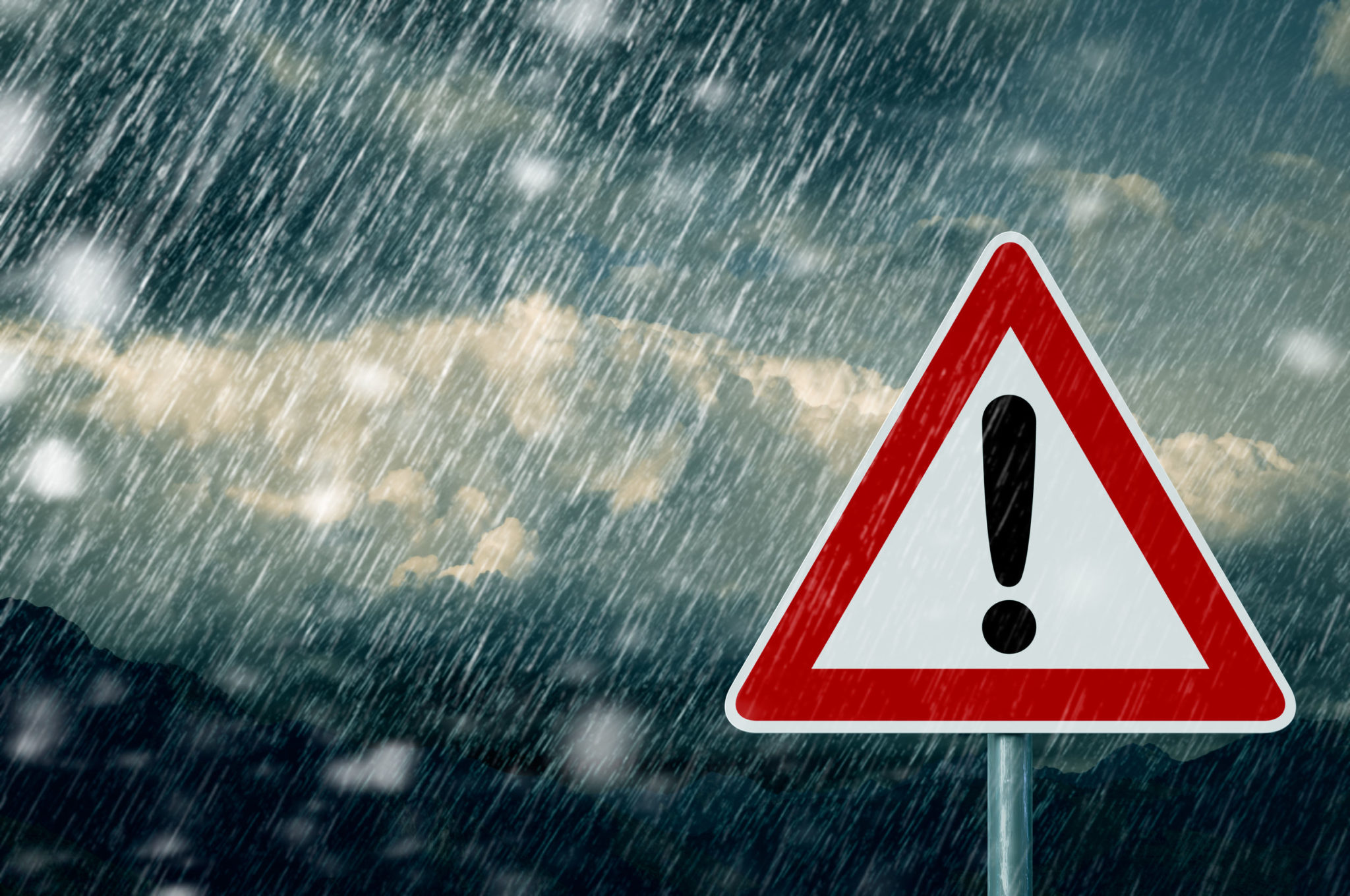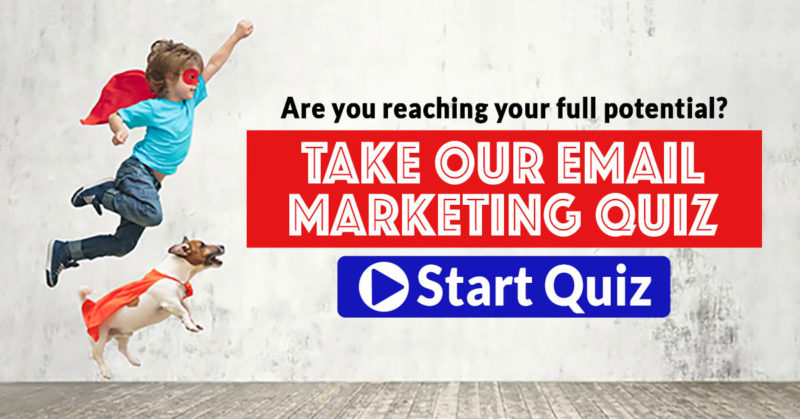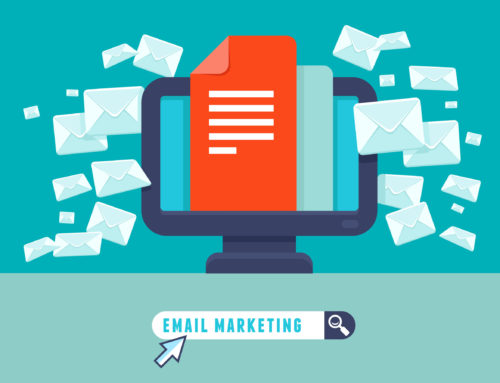In our previous article we went over how to keep your emails out of the spam folder, and in that article we brushed over the importance of segmenting your subscriber list based on their level of engagement with your email messages and your overall brand.
In this article, we’ll take a deep dive into email segmentation, and how to best segment your email list for your business. You can apply this framework to your own email segmentation efforts and transform your emails into hyper-targeted revenue-generating machines.
What Is Email Segmentation?

Email segmentation is using your data to sort your audience into groups with common characteristics that make them likely to be motivated to take action by similar messaging.
In other words, you use list segmentation to target the right people (and only the right people) with the message that’s right for them.
There are 2 types of behavior we want to look at:
Engagement – This includes non-purchase actions like:
- Browsing your website
- Opening your emails, and…
- Clicking through the link in said emails.
Purchasing – This refers to purchase actions, such as:
- How often someone buys from you
- The total amount they spend with you, and…
- The average order value.
For both of these actions you want to measure these two primary dimensions (three for purchases):
- Recency of engagement and/or purchase (This is the most Important for engagement)
- Frequency of engagement and/or purchase
- Monetary Value of purchase
The optimum value for each of these measurements will vary wildly based on what you sell. If you sell only high-ticket items such as pianos, houses, and so on, you won’t typically see customers that make more than 3 purchases in a year.
With that being said, here are some guidelines to get you started:
Engagement
- Recent: Within 3 months
- Frequent: 3 times or more
Purchasing
- Recent: Within 4 months
- Not recent: 4 – 13 months ago
- Frequent: 3 times or more
- High monetary value: over the average order value for your customer base.
Optimum Segments for Your Business

For the purpose of this post, there are 4 main segments, each with their own set of sub-segments, in which to organize your subscriber list. Let’s start with the most important ones and work our way down.
Core Marketing Audience

You should focus 75% of your marketing time in this segment. These are your most excited (and most profitable) subscribers. Let’s discuss each sub-segment in detail:
High Rollers
These are by far your best customers. They buy often, they’re recent buyers, and they buy at a high monetary value.
You want to be sure to treat them like the VIPs that they are. Exclusivity, discounts, and other perks go a long way.
Brand Enthusiasts
These are your loyal customers. They don’t spend as much as the High Rollers, but they do purchase often and have done so recently.
Your goal with Brand Enthusiasts is to increase their average order value. To do this, give them a reason to spend more, like offering related or complementary products as a package or by offering volume-based discounts.t
Potential High Rollers
These customers have the potential to be your best customers. They purchased just recently and at a high monetary value, but they don’t buy very often.
Your goal here is to increase their purchase frequency. Give them a reason to come back, like teasing them with perks of becoming a VIP, promoting related or complementary products, or offering to send them product replenishments.
Potential Enthusiasts
These customers bought from you just recently. However, they don’t buy frequently, and when they do it’s not at a high monetary value.
With this segment you want to focus on increasing their purchase frequency or average order value by striking while the iron’s hot. Promote your best selling products as well as popular or related products.
Nearly Theres
These are subscribers that open your emails and click through often. They’ve also engaged with an email, but they’ve never purchased anything from you.
Your goal with this segment is to nudge them over the line to make their first purchase. Give them a strong reason to pull out their credit card and buy from you. Remind them of what they’re missing out on, sell the value of your product, and incentivize them as a last resort.
Waiting For Wows
These subscribers have never purchased from you, but they did recently engage with an email that you sent out.
Capitalize on their recent interest by sending out “too good to pass up” offers and limited time offers.
Winbacks

You should spend about 20% of your time in this segment. This segment consists of people that WERE your best customers, but for some reason fell off the wagon. These are customers that are worth winning back. Let’s dig into each of these segments
Lapsed High Rollers
These are customers who have bought from you many times in the past and have spent a lot of money with you, but they haven’t bought from you recently.
Win them back by sharing with them what’s new in your business. This includes new releases relevant to what they purchased in the past. Be sure to include special offers to further incentivize them to pull out their credit card and buy from you once again.
Lapsed Enthusiasts
These customers used to buy from you frequently, but it’s been a while since they made their last purchase.
Experiment with sending different winback strategies, but be wary of low open rates. If the open rates are too low, pull the plug and move on.
Caution

Spend at most 5% of your time here. These are not your rockstars and should not be treated as such. However, they have purchased something from you so they’re not a total lost cause.
One Hit Wonders
These customers made large purchases, but very few of them. Those purchases were also made a long time ago.
You’ll want to test various winback strategies against 50% of this segment or 1,000 contacts, whichever is greater.
Just Passin’ Throughs
These customers bought something once or twice about 6-12 months ago, and that purchase was at a low monetary value.
You’ll want to test various winback strategies against 25% of this segment or 1,000 contacts, whichever is greater.
False Starts
These customers have not opened or clicked an email from you recently, but used to frequently. They also have not made a purchase from you at this point.
You’ll want to test various winback strategies against 10% of this segment or 1,000 contacts, whichever is greater.
Avoid

Spend no time on this segment. This segment is dead weight and should be treated accordingly.
Nothing But Trouble
This group has not purchased from you at all or engaged recently with your emails. Clear them from your subscriber list immediately.
Effective Email Segmentation Execution
Properly executing a segmentation strategy isn’t just about which pile to throw each of your subscribers; it’s also about how you communicate with each segment. It may be plainly obvious at this point, but it’s worth mentioning that you need to speak to each segment very differently.
Before you can properly segment your list, you need to know your audience, your message, and your medium.
1. Who will be excited? (The Audience)

There are a number of things you need to ask to figure out your audience.
- What is your Product
- What is the Product Category
- What is the Time Period you are
- What Amount of Money has your audience spent with you so far?
- From Where Did They Sign Up to become your subscriber?
- Where is the Physical Location of your intended audience?
- What is your audience’s Target Gender?
2. What are you going to say? (The Message)

Ask these questions to see how you need to craft your message to each target segment.
- Are you exclusively targeting specific segments with your offer?
- What is the cash value of what you are selling?
- Is there a limited quantity of your product?
- Is there a limited time that the offer is available?
- Is there an incentive for the customer to buy your product in a large volume?
- Do you offer Free shipping?
- Is there a discount, and if there is how much?
- What social proof do you have that your product does what you say it will do?
- How will you appeal for support?
3. Where will you say it? (The Medium)

Which platform will you use to share your message?
Building a Marketing Campaign Around Segmentation

Here is where we put what we learned so far into a fully functional marketing campaign. Here are the steps to make your marketing campaign come alive, with examples for each step:
1. What Goal do you have for this campaign?
Example: You want to boost revenue during a post-holiday slump.
2. What Strategy will you implement to reach your goal?
Example: You decide to launch a campaign to sell Limited Edition Marvel Hats for Dogs
3. Do you have any specific Notes to add for this campaign?
Example: “No reporting requirements; hold off on discounts to start, as these won’t last.”
4. Who’s would be excited about the product or service you’re selling (in other words, who is your Audience)?
Example 1: Dog owners – anyone who has bought or looked at other dog accessories
Example 2: Marvel fans – anyone who has bought or looked at other Marvel gear
5. What Medium will you use to tell your audience about your offer?
Example: Email
6. What will your Message be for each segment?
Example 1 Message: Special Access: Be the first to get a limited edition Marvel Dog Hat
Example 1 Segments:
- Opted in to email AND
- Dog OR Marvel buyer OR
- Dog OR Marvel browser AND
- HRs (High Rollers), Enthusiasts, Potential HRs OR Potential Enthusiasts
Example 2 Message: Dedicated Notice: Limited time Marvel Dog Hats is here!
Example 2 Segments:
- Opted in to email AND
- Dog OR Marvel buyer OR
- Dog OR Marvel browser AND
- Nearly there OR Wow-Waiters
Example 3 Message: Win Back: What you’ve been waiting for: Marvel Dog Hat
Example 3 Segments:
- Opted in to email AND
- Dog OR Marvel buyer OR
- Dog OR Marvel browser AND
- Lapsed HRs OR Lapsed Enthusiasts
Example 4 Message: Default Promo: Marvel Dog Hats plus other best sellers
Example 4 Segments:
- Opted in to email AND
- HRs, Enthusiasts, Potential HRs, Potential Enthusiasts OR Nearly there OR Wow-Waiters
- Not in other segments
The Real Benefits of Segmenting Your Subscriber List

If you’re wondering why you should start to segment your email list, here is some solid incentive:
- When Klaviyo segmented their list they saw a 55% increase in revenue per recipient.
- Taylor Stitch, when they segmented their list and customized their marketing message for each segment,noticed a 60% decrease in unsubscribes and a 60% increase in revenue per recipient.
Email segmentation means better results for virtually every aspect of your business.
Now we have gone over why and how to segment your email list for maximum results for your business. Let’s review what we covered so far:
- Actions are everything – How each subscriber interacts with your email messages, if (and when) they purchased from you, and how recently they took these actions will determine how valuable each subscriber is to you.
- Recency rules – The more recently the subscriber subscribed to your mailing list, or the customer purchased a product or service from you, the more valuable that subscriber and customer is. Strike while the iron is hot!
- Those who do nothing, do harm – Subscribers that don’t interact with your email messages will hurt deliverablilty of your emails to your entire list eventually (if it’s not happening already.) Cut the dead weight immediately.
- Before you segment, know your audience, message, & medium – This lets you come up with a more solid marketing plan that will, in turn, bring you much better results. The better you know your audience, and the more focused your message and medium are to that audience, the better your results not just in revenue, but laos in customer loyalty to your brand.
- Once again, segmentation means better results.
Are you using your email marketing resources to their fullest potential? Take our Email Marketing Quiz now to find out!







Leave A Comment